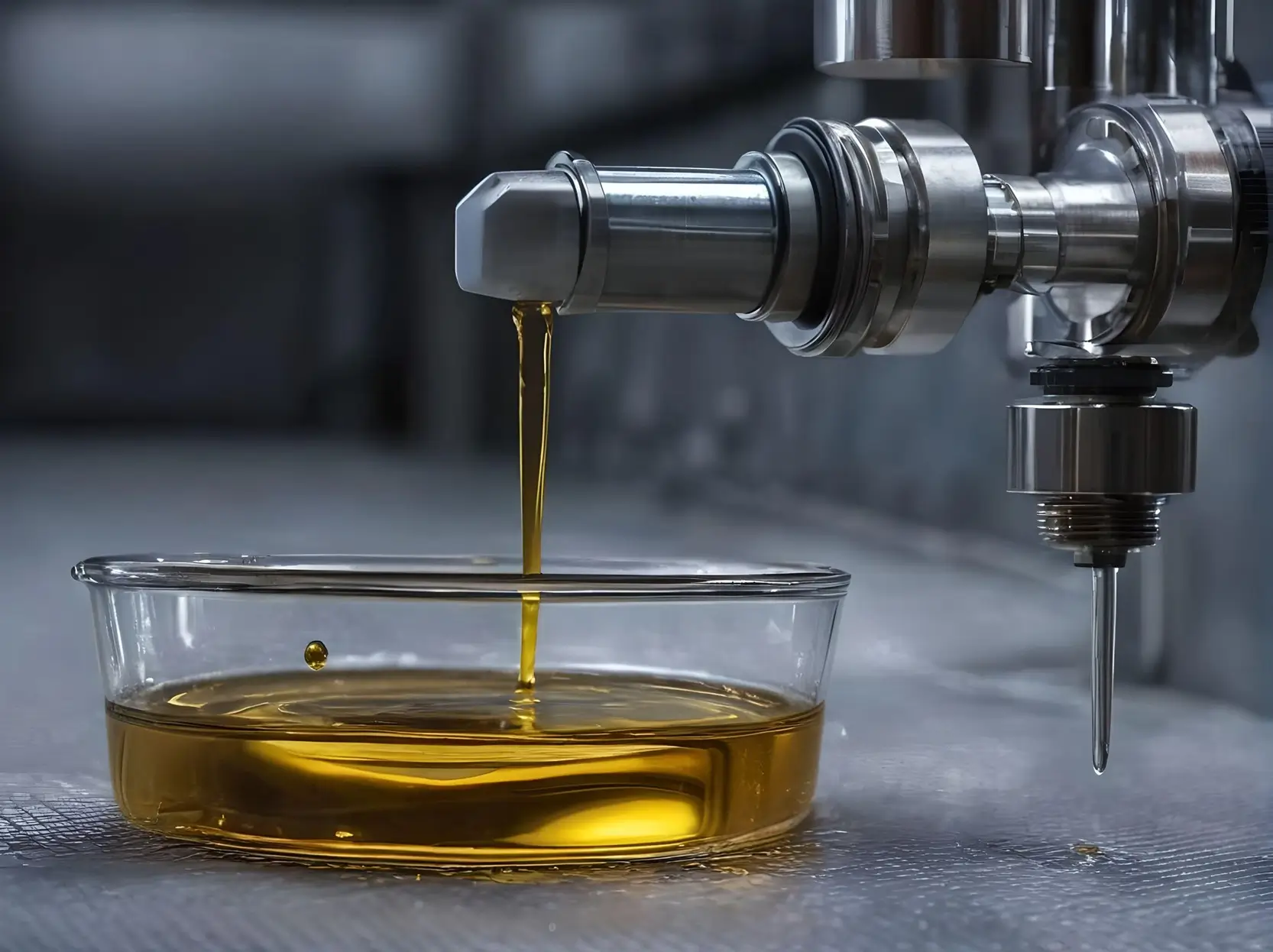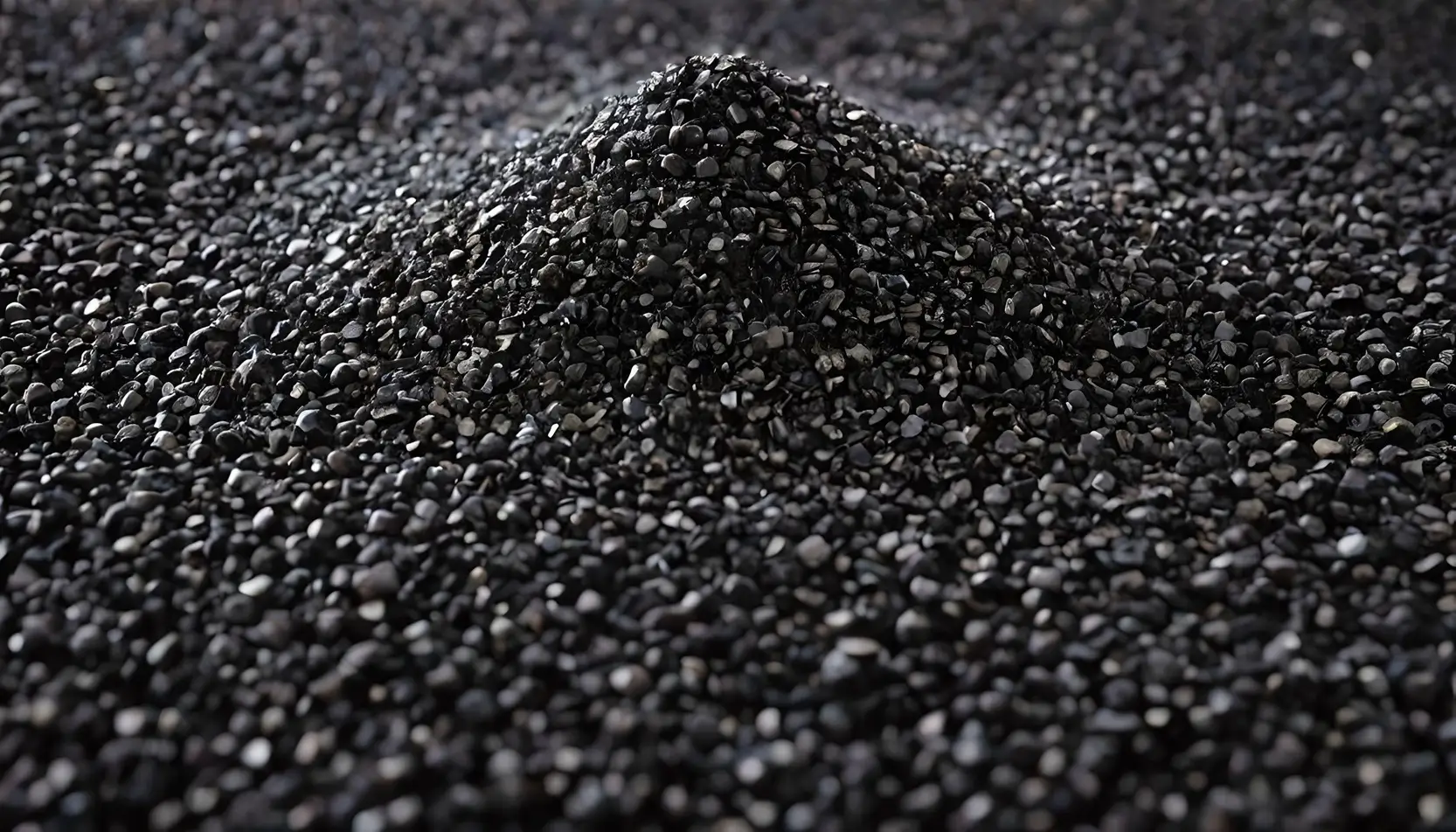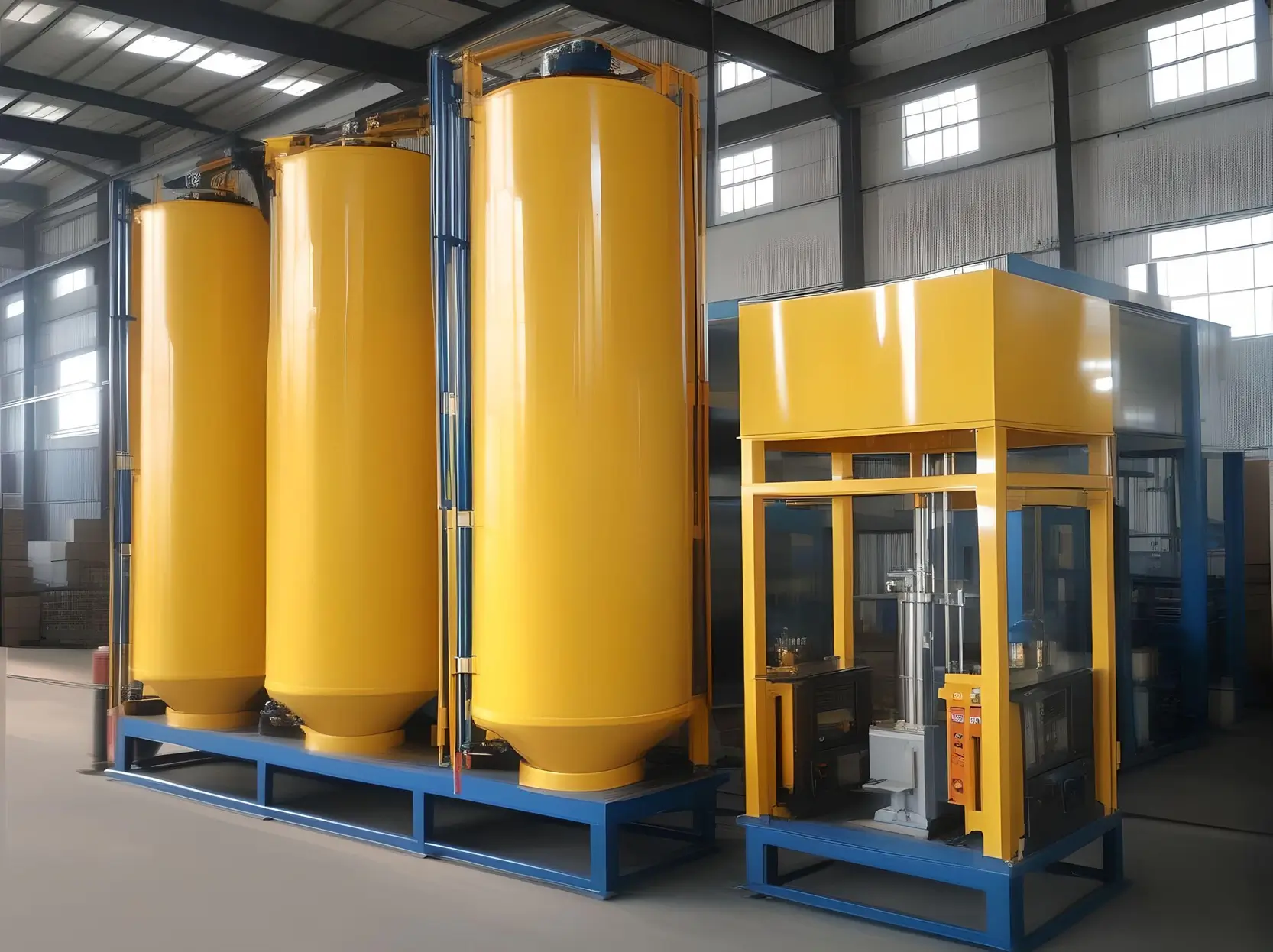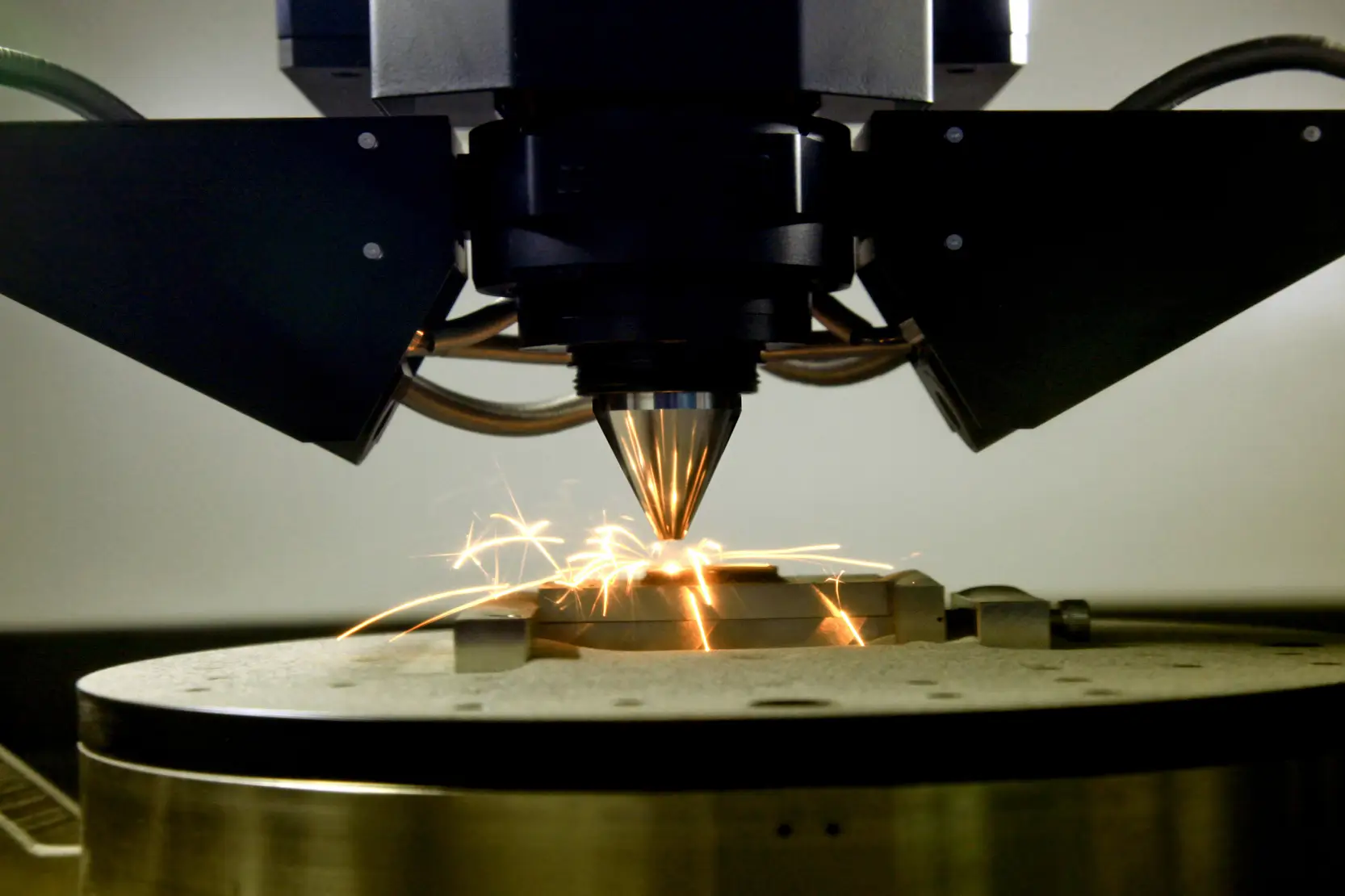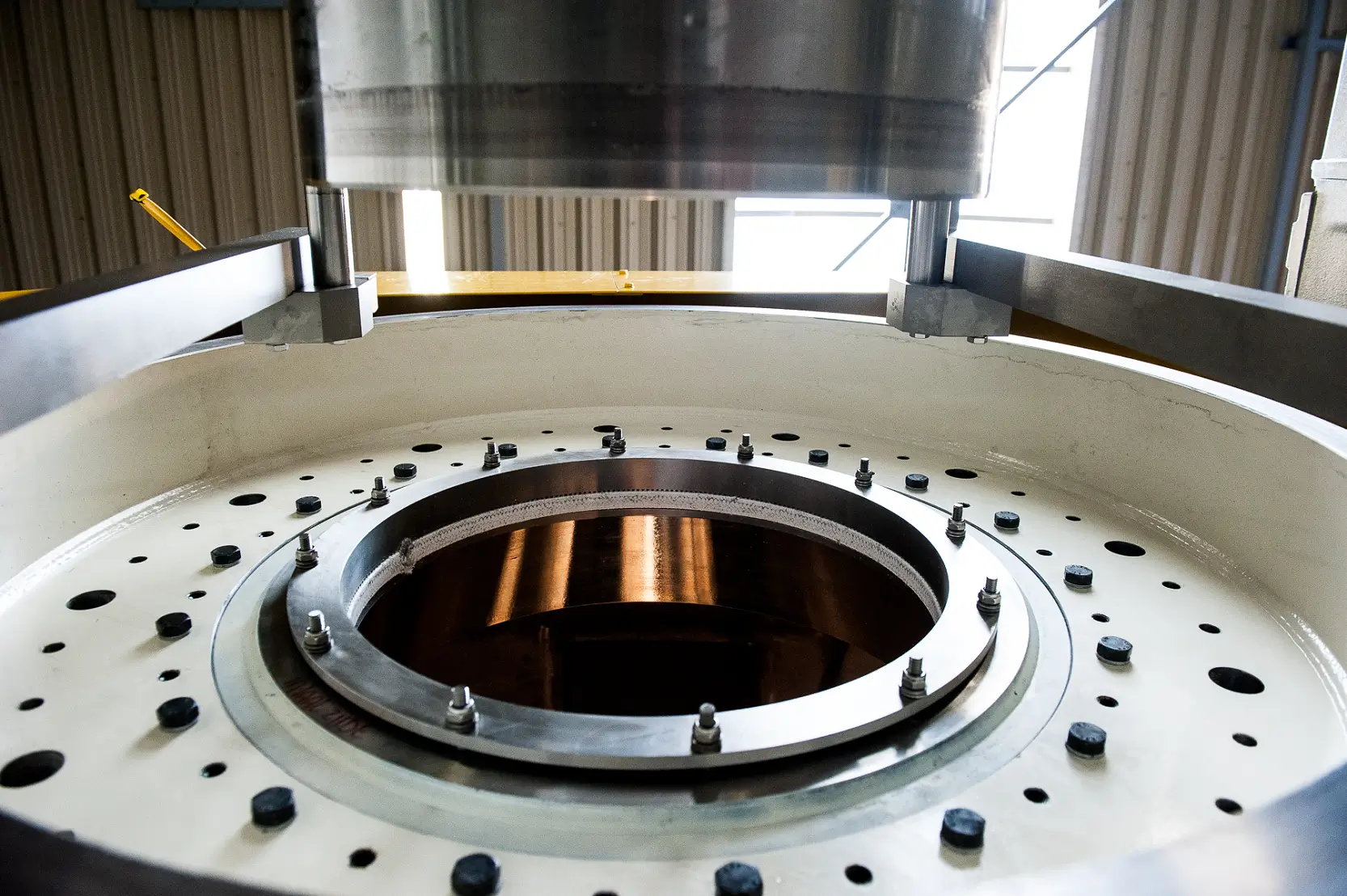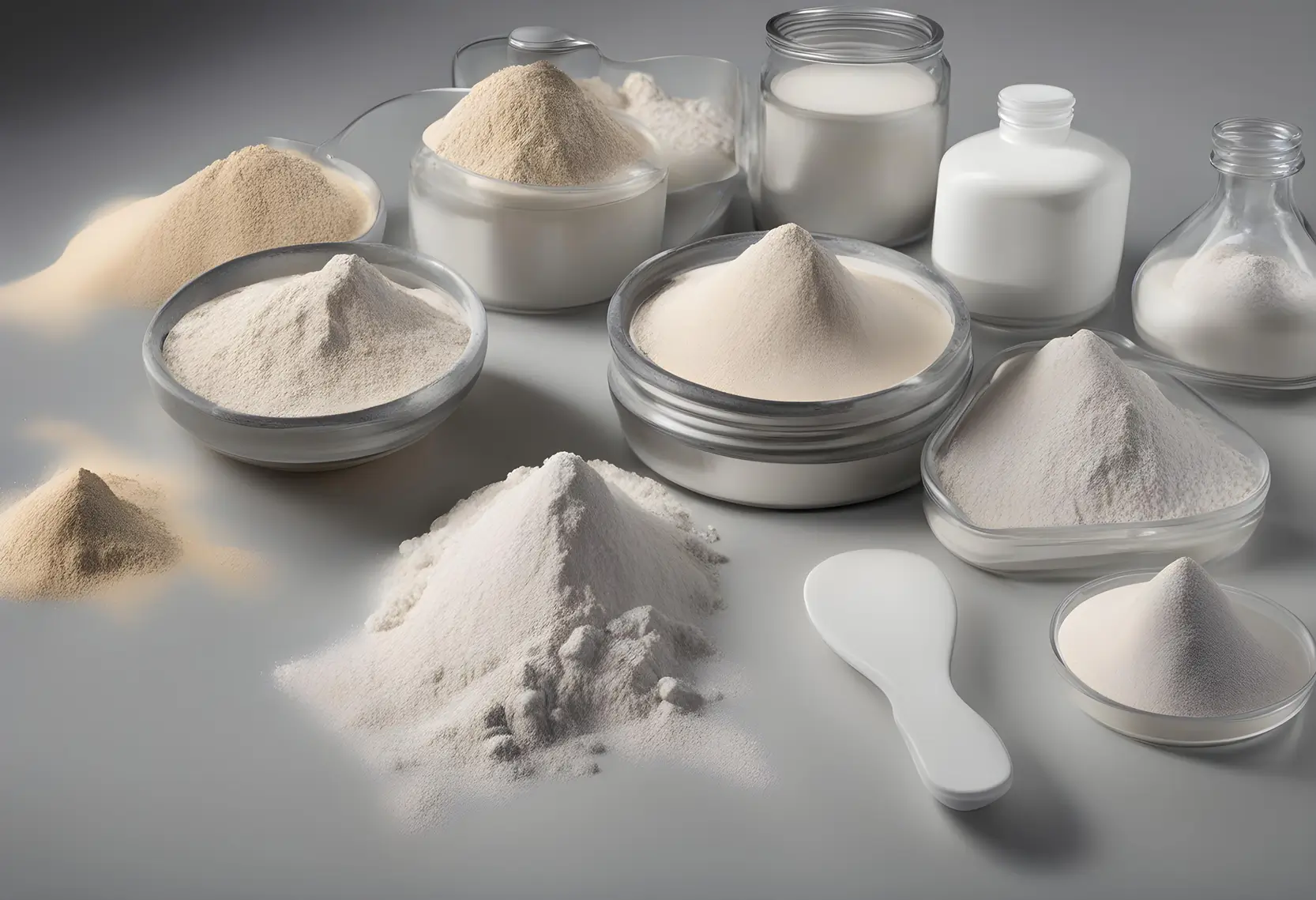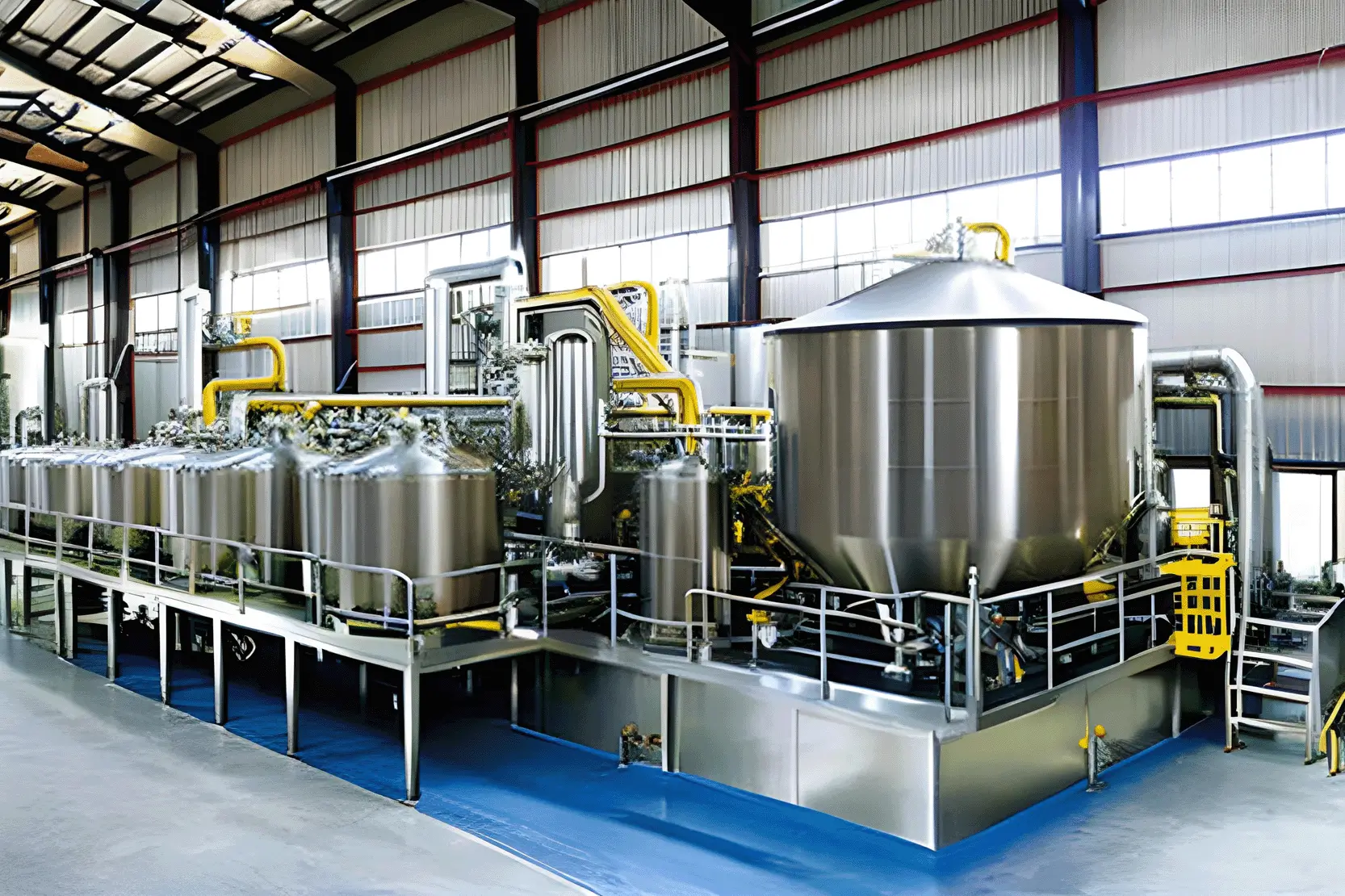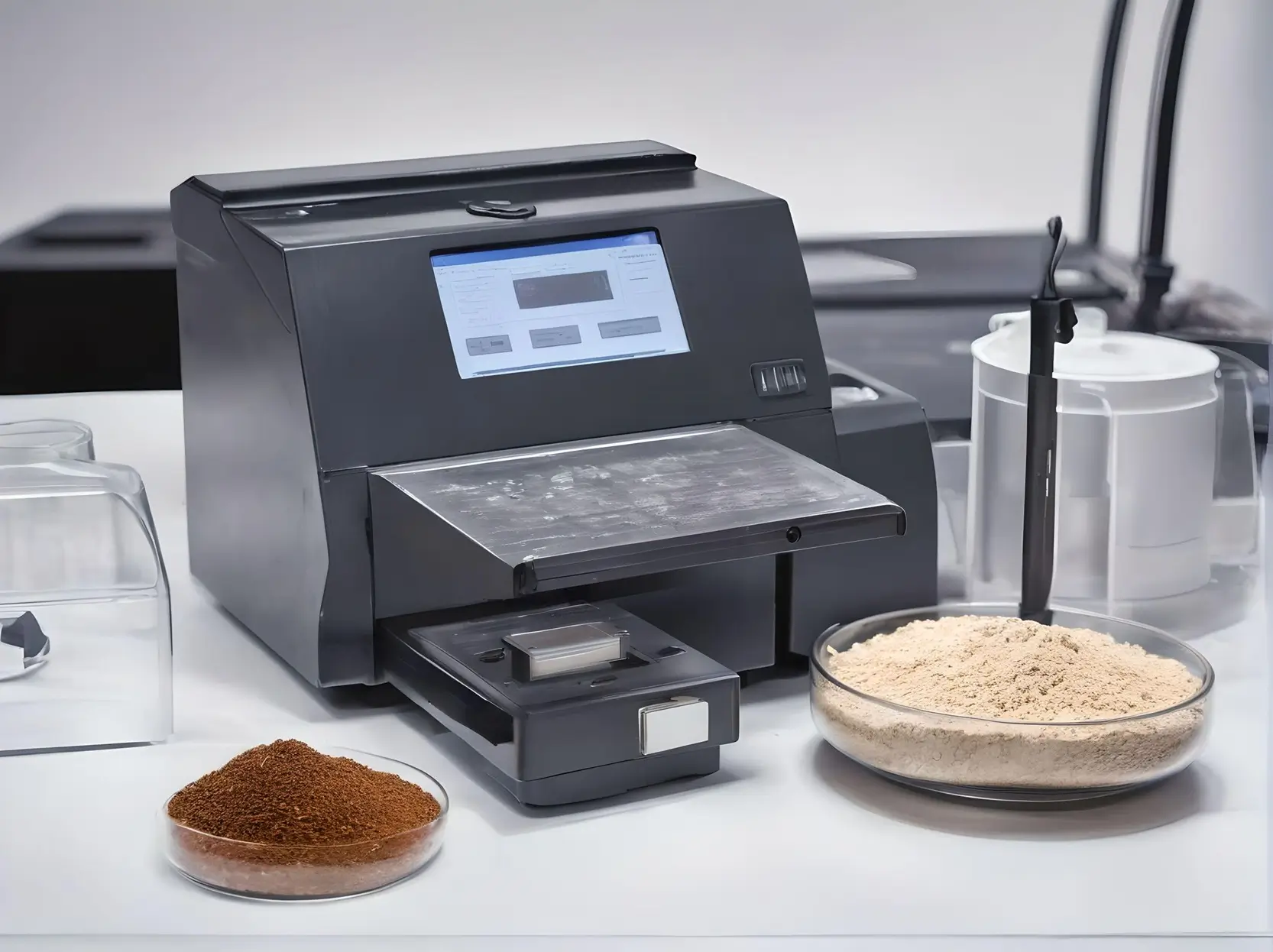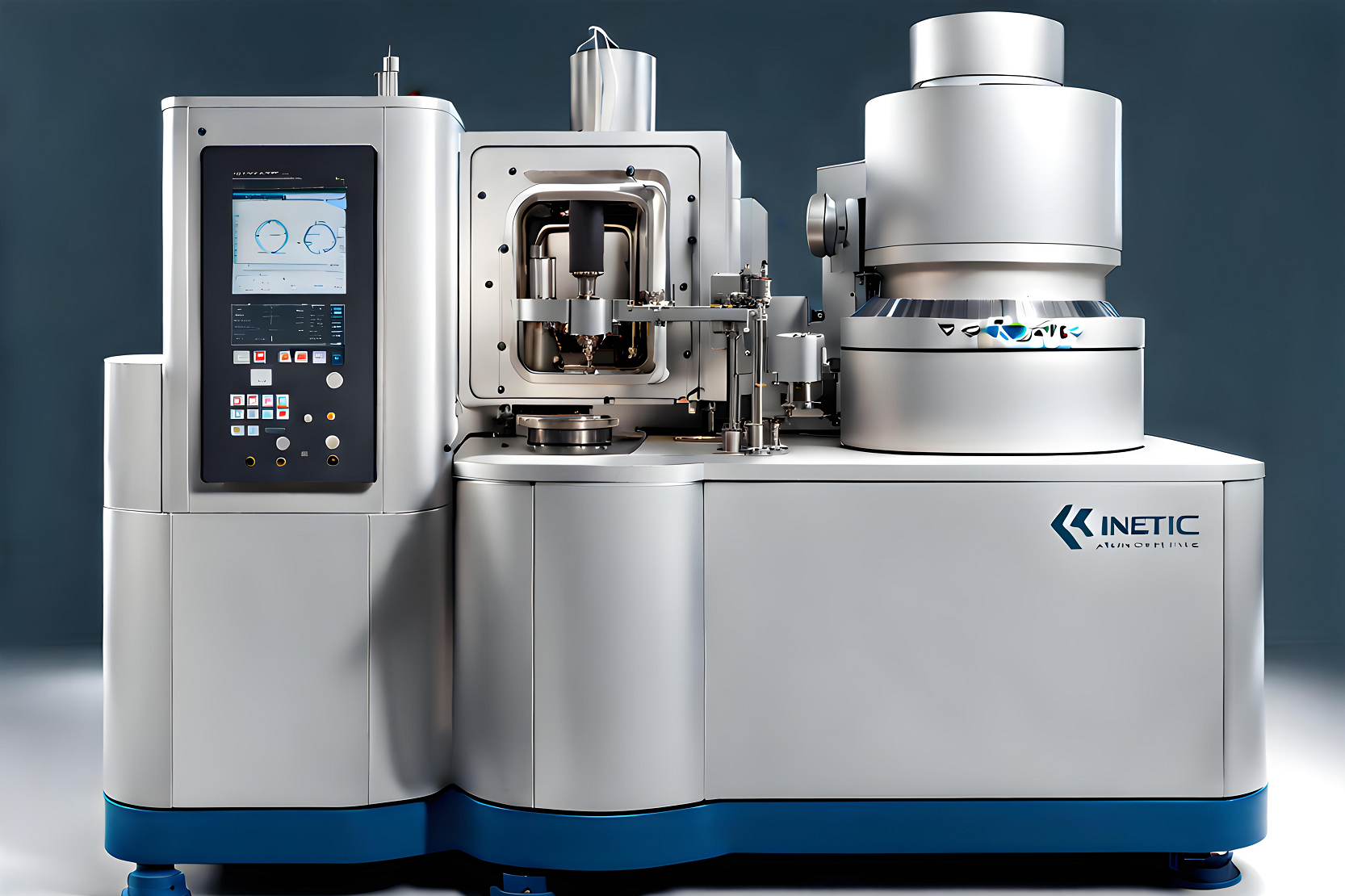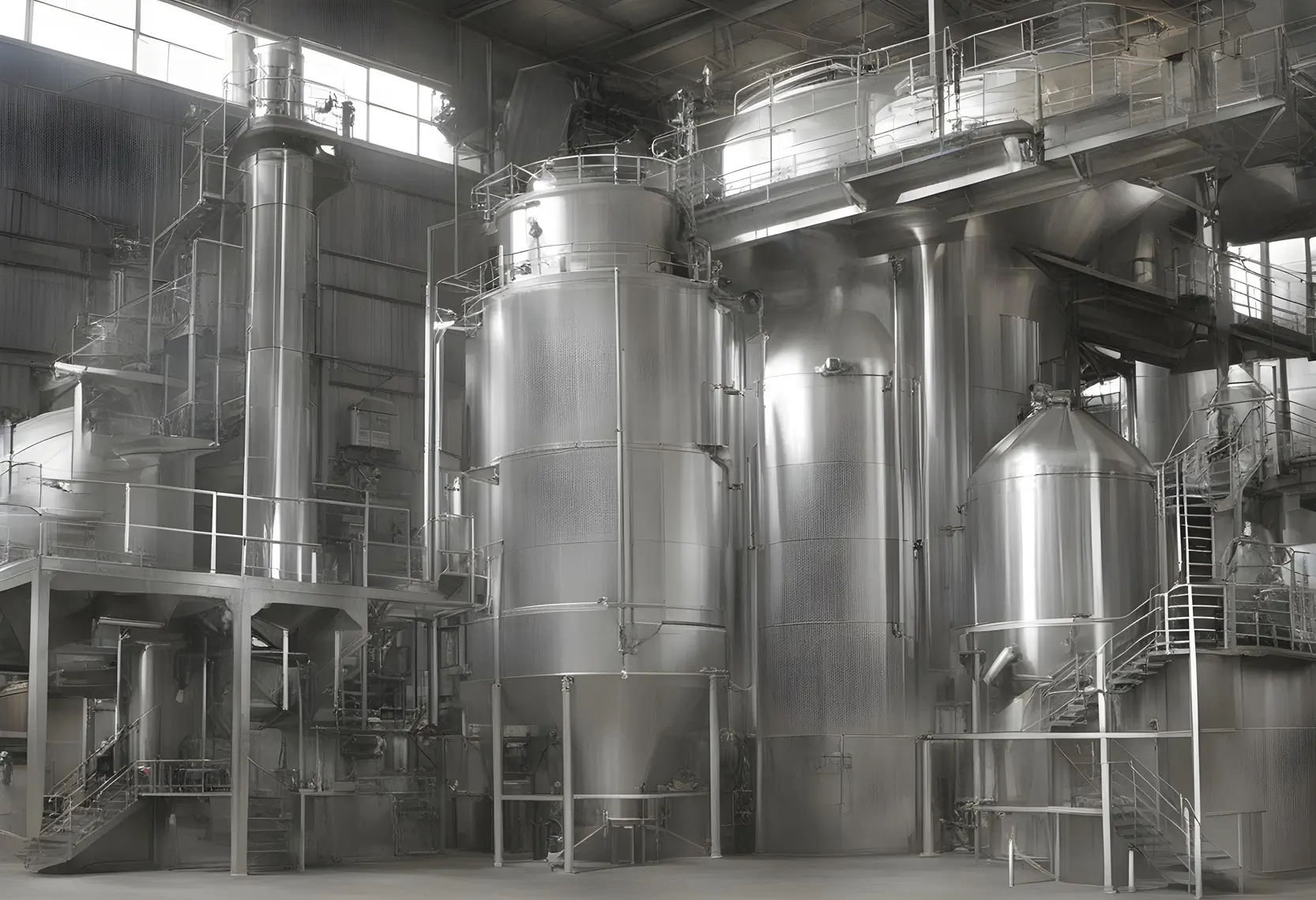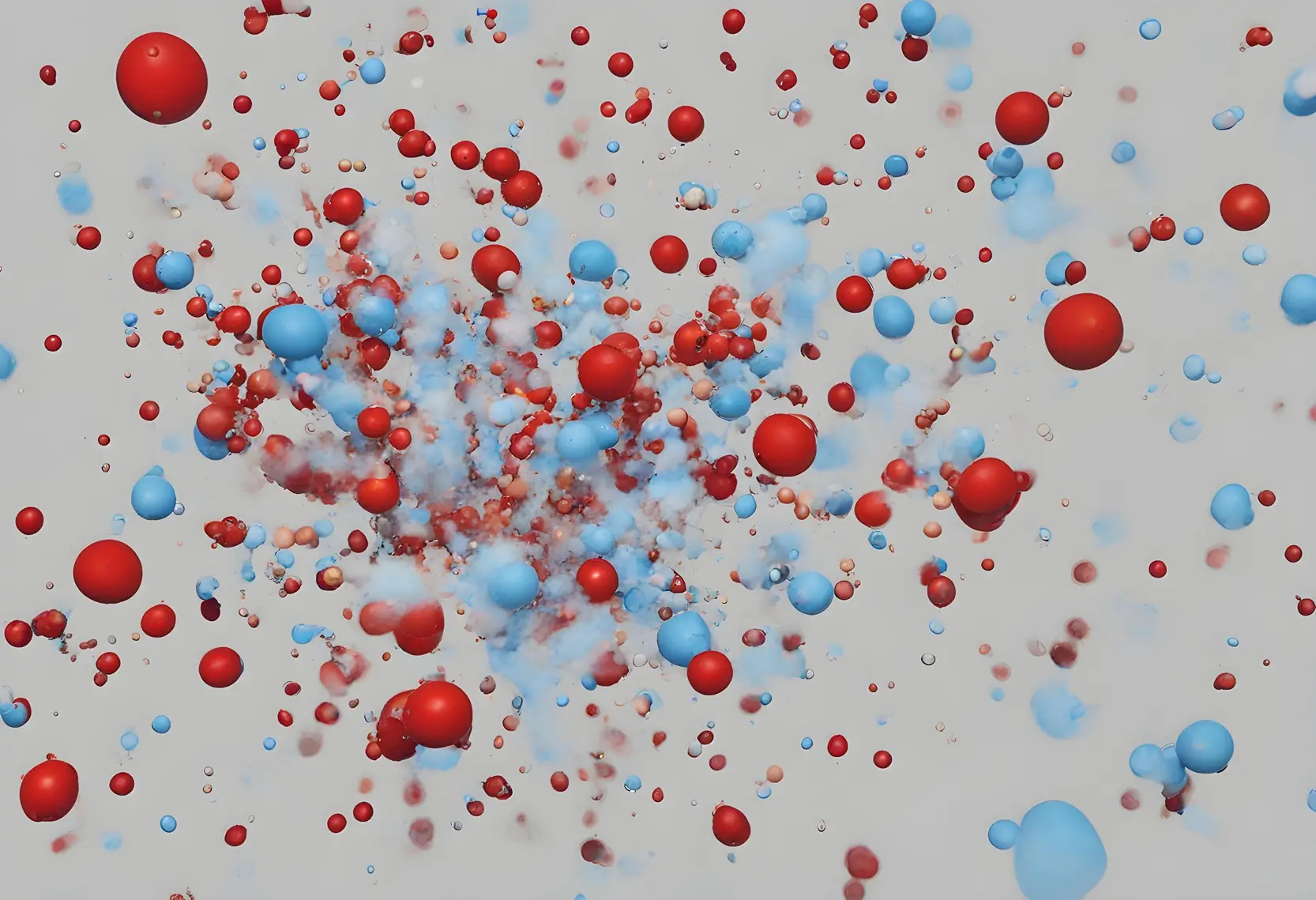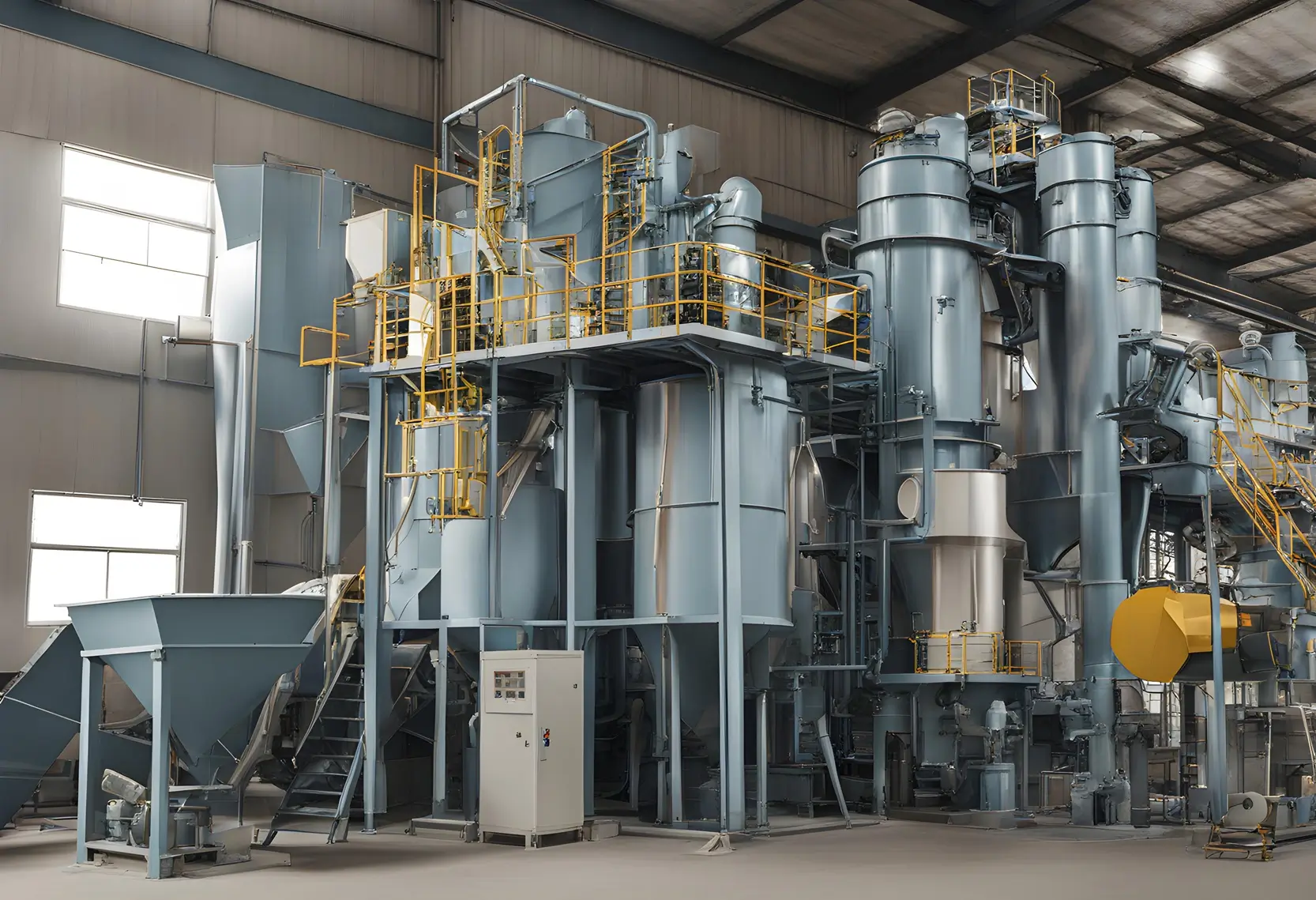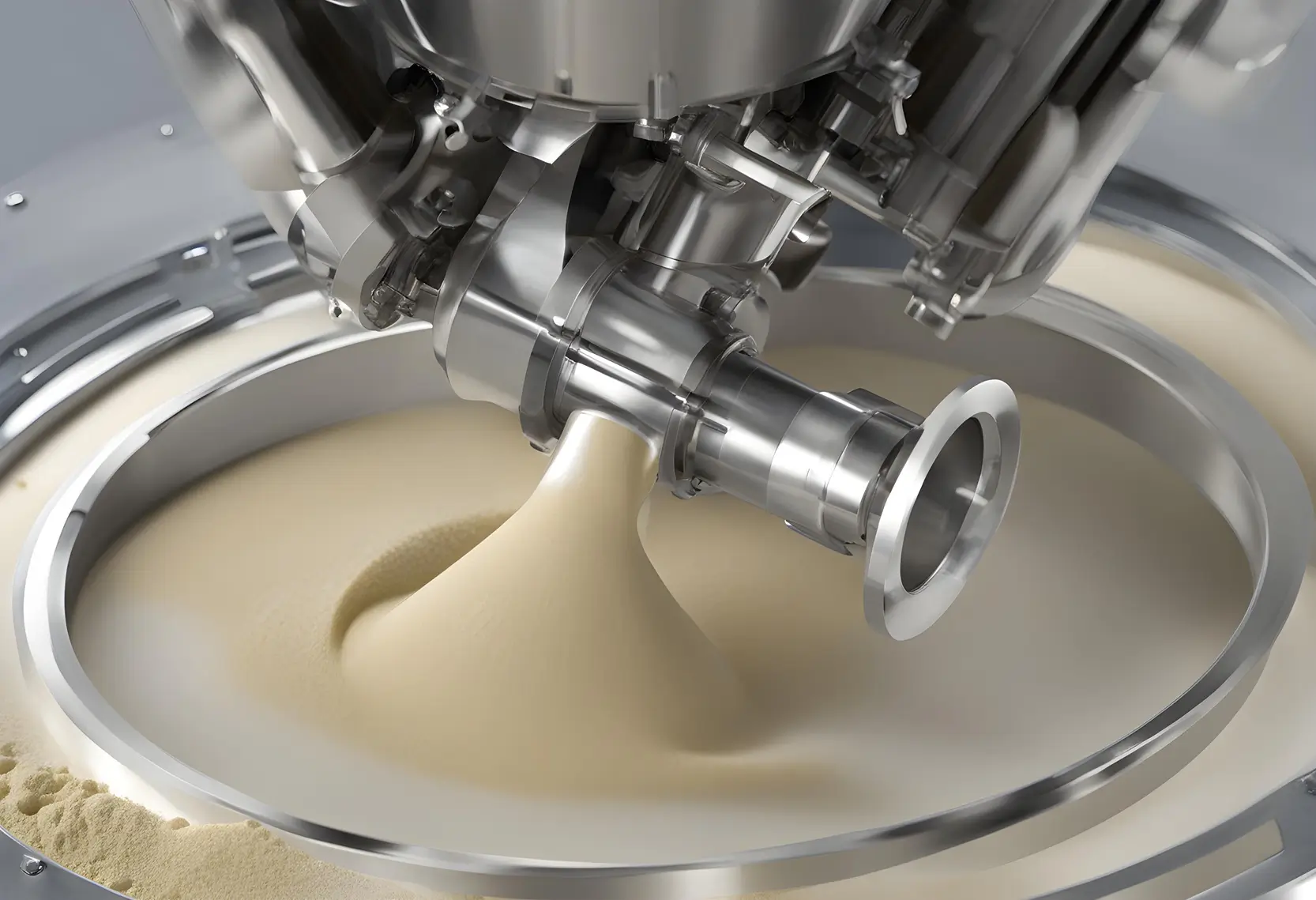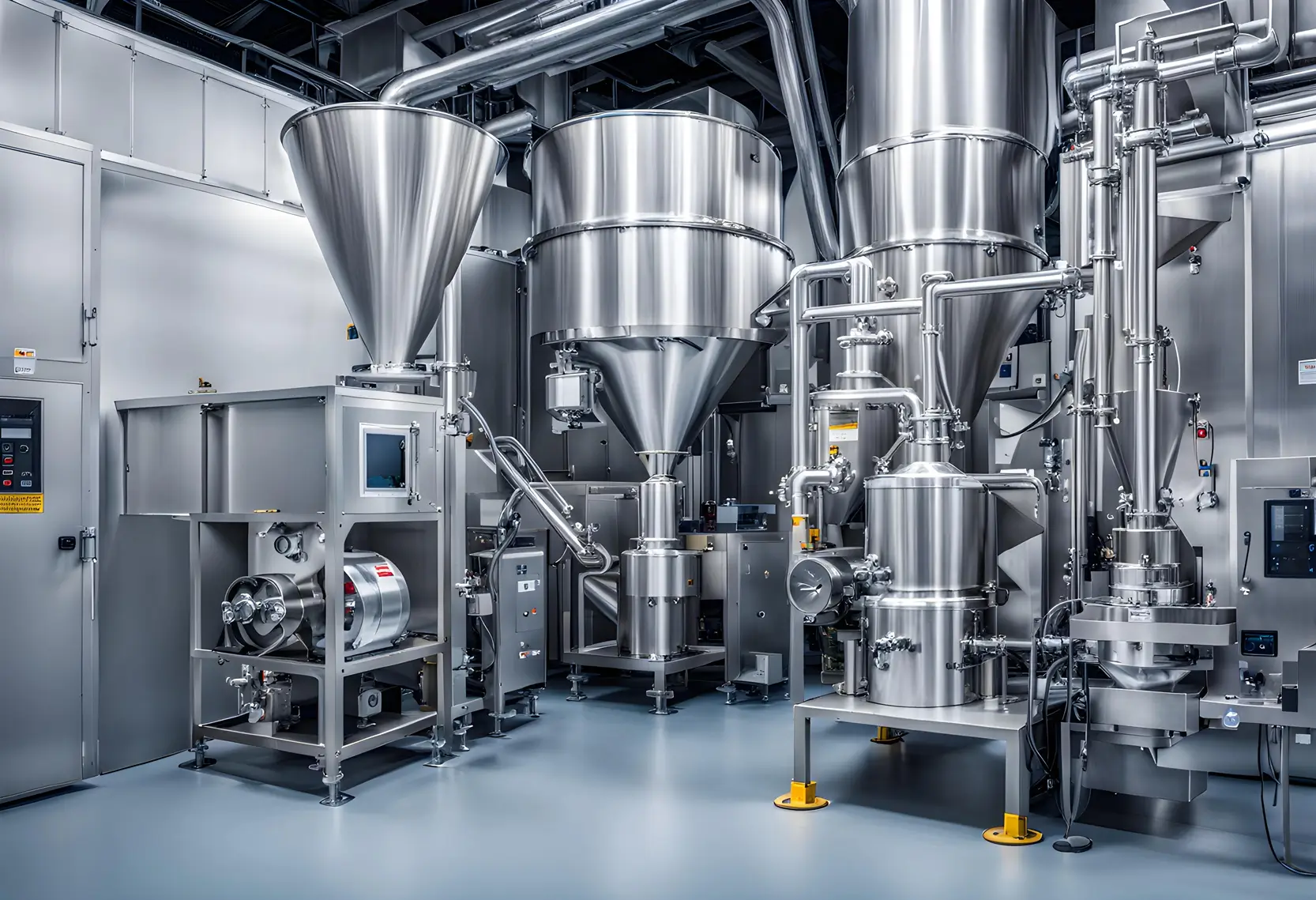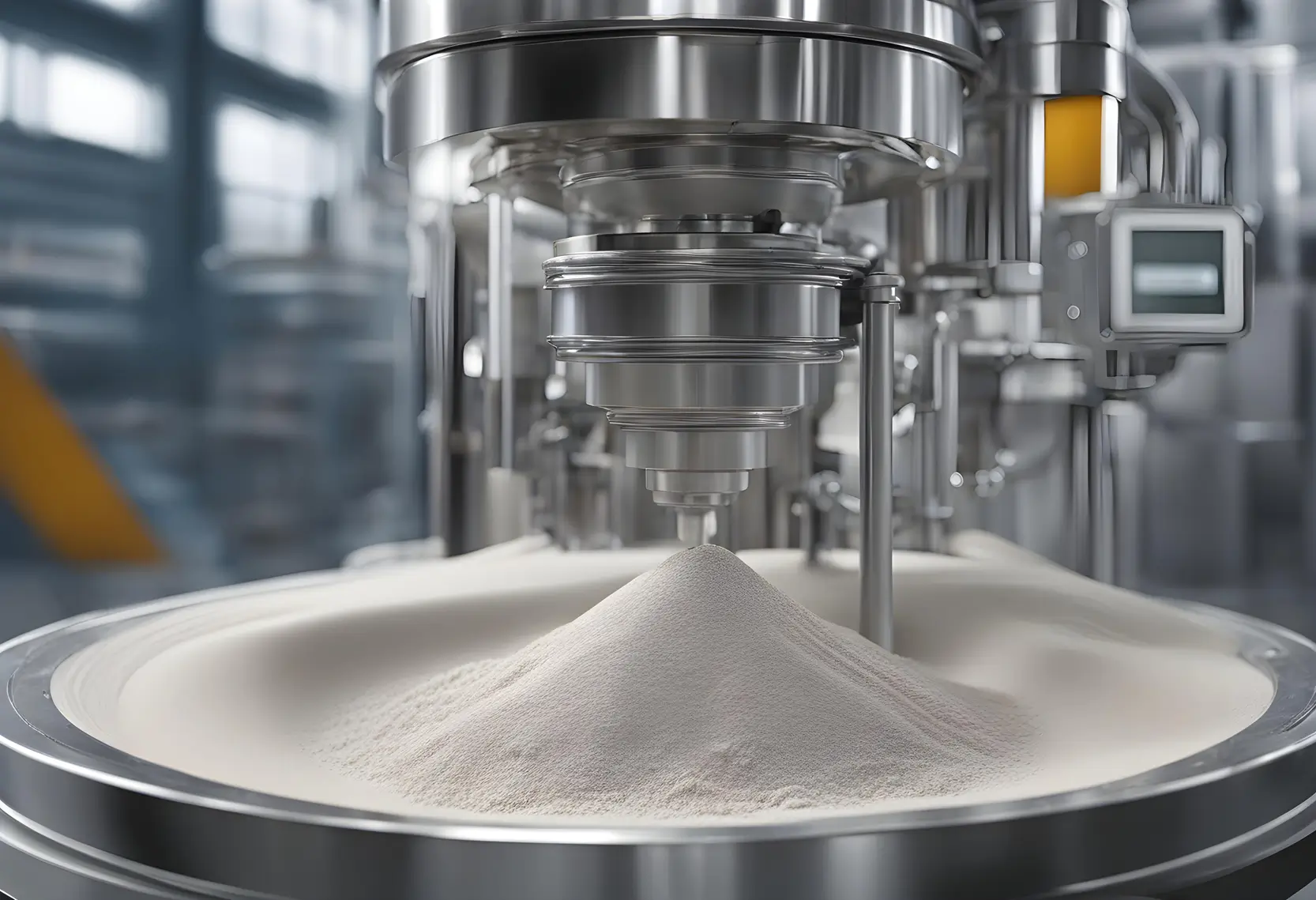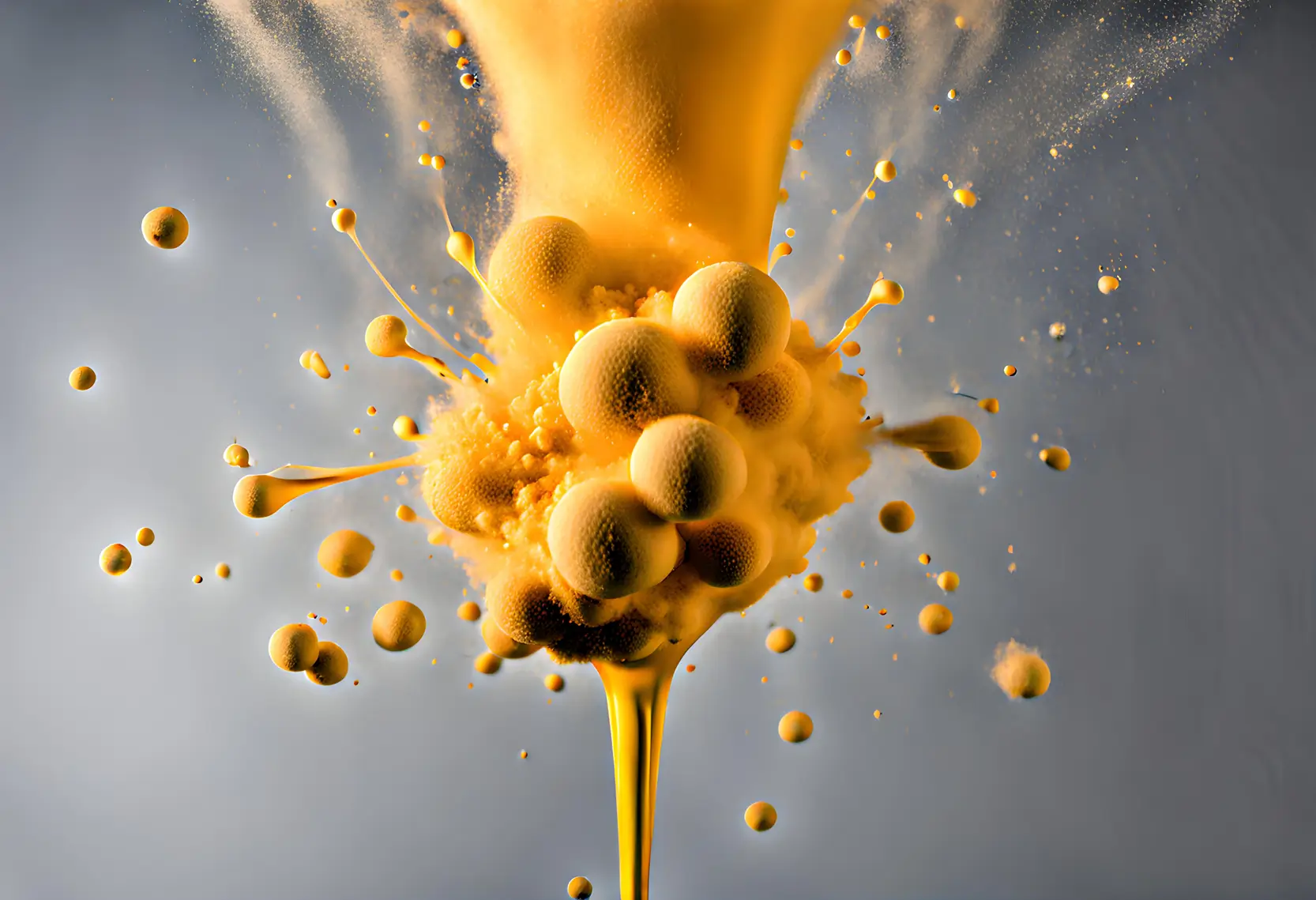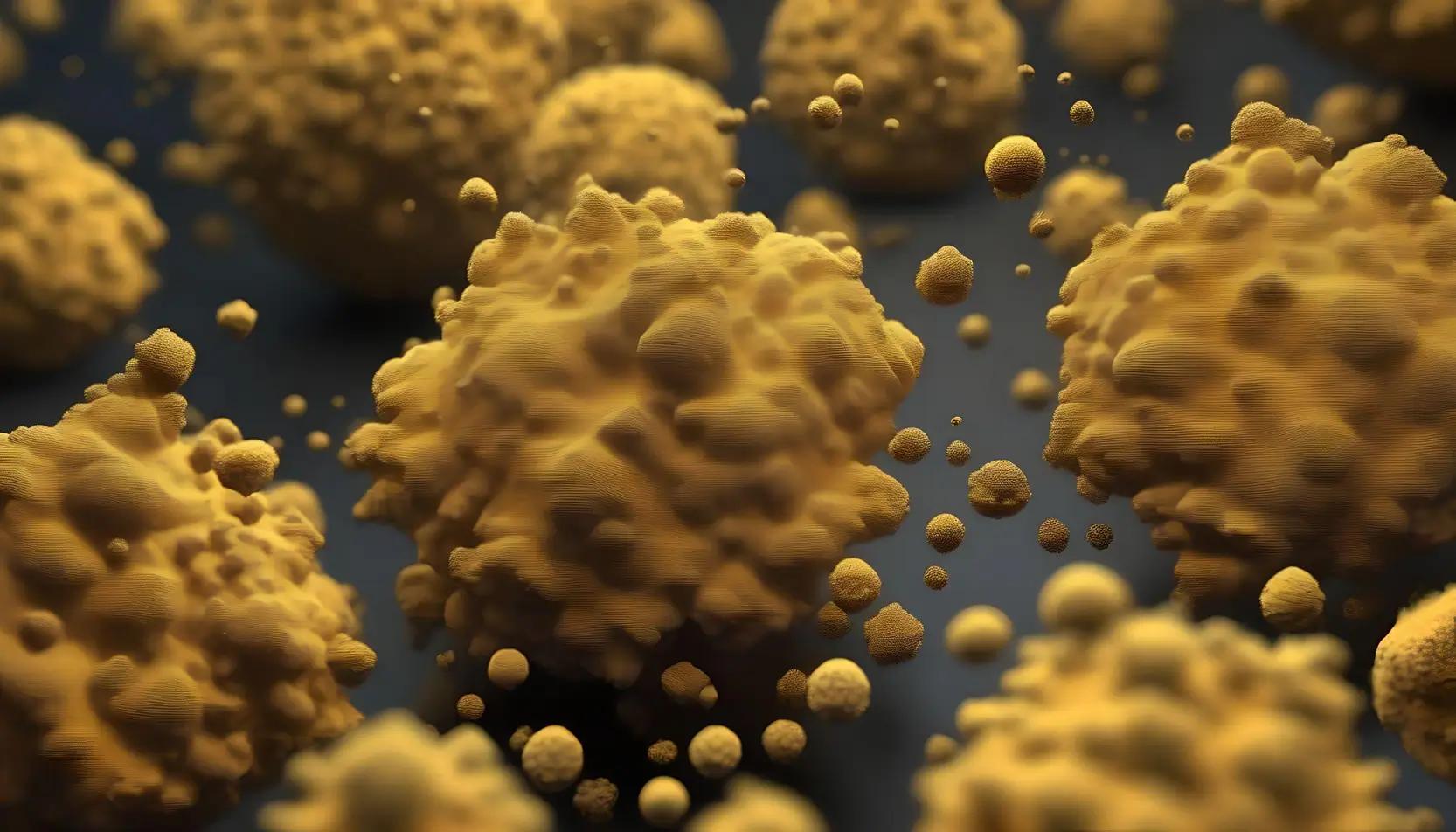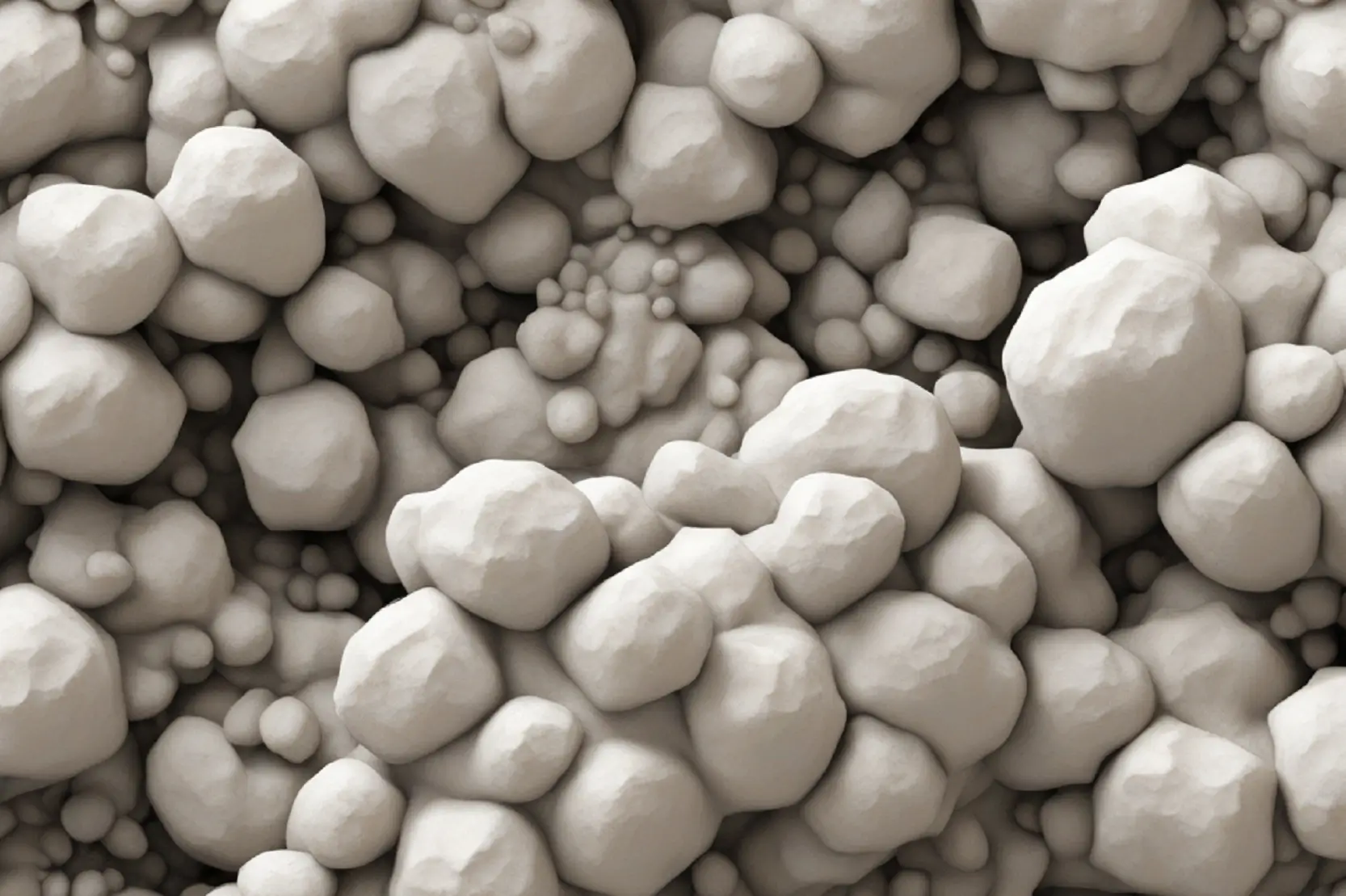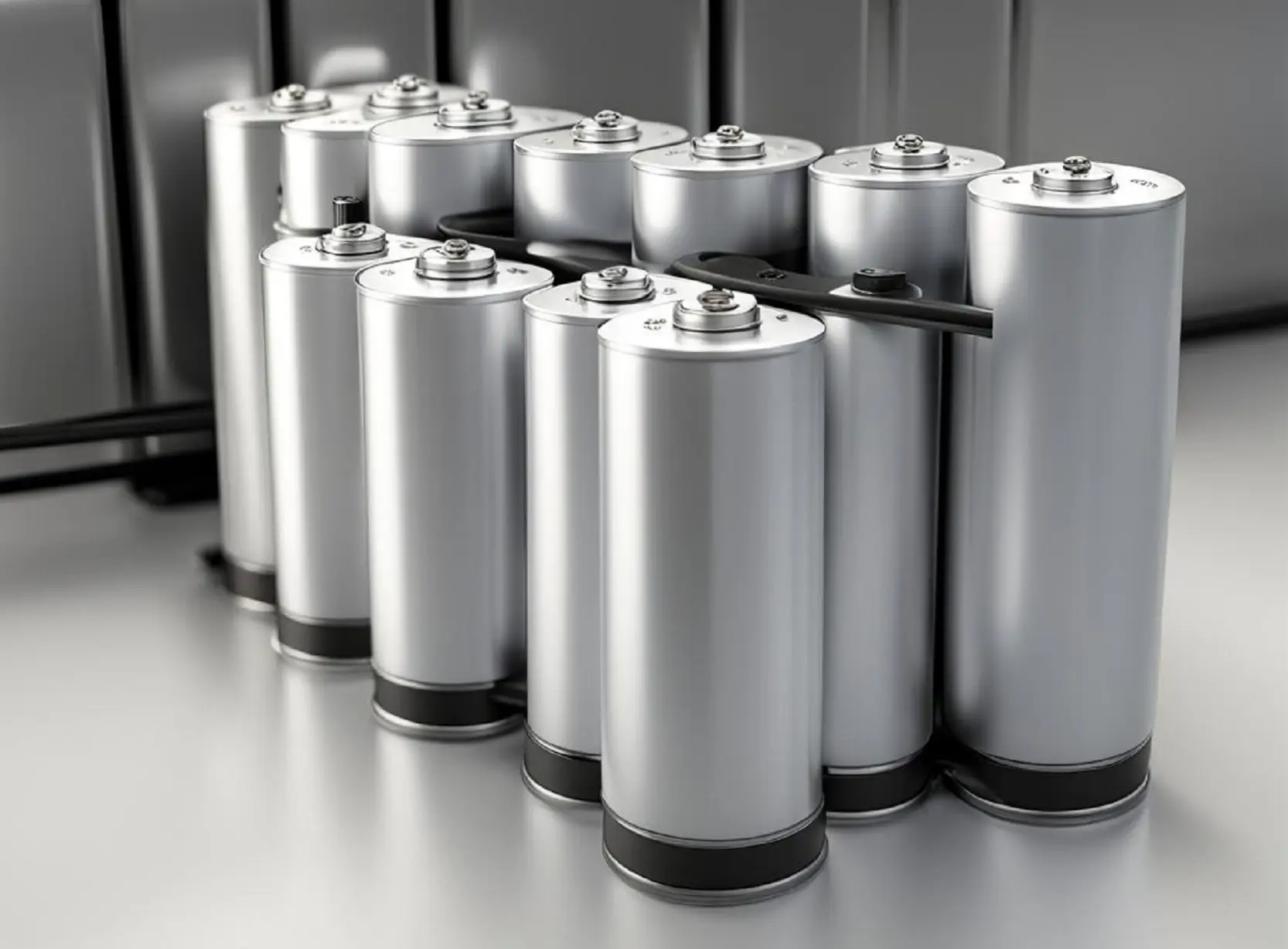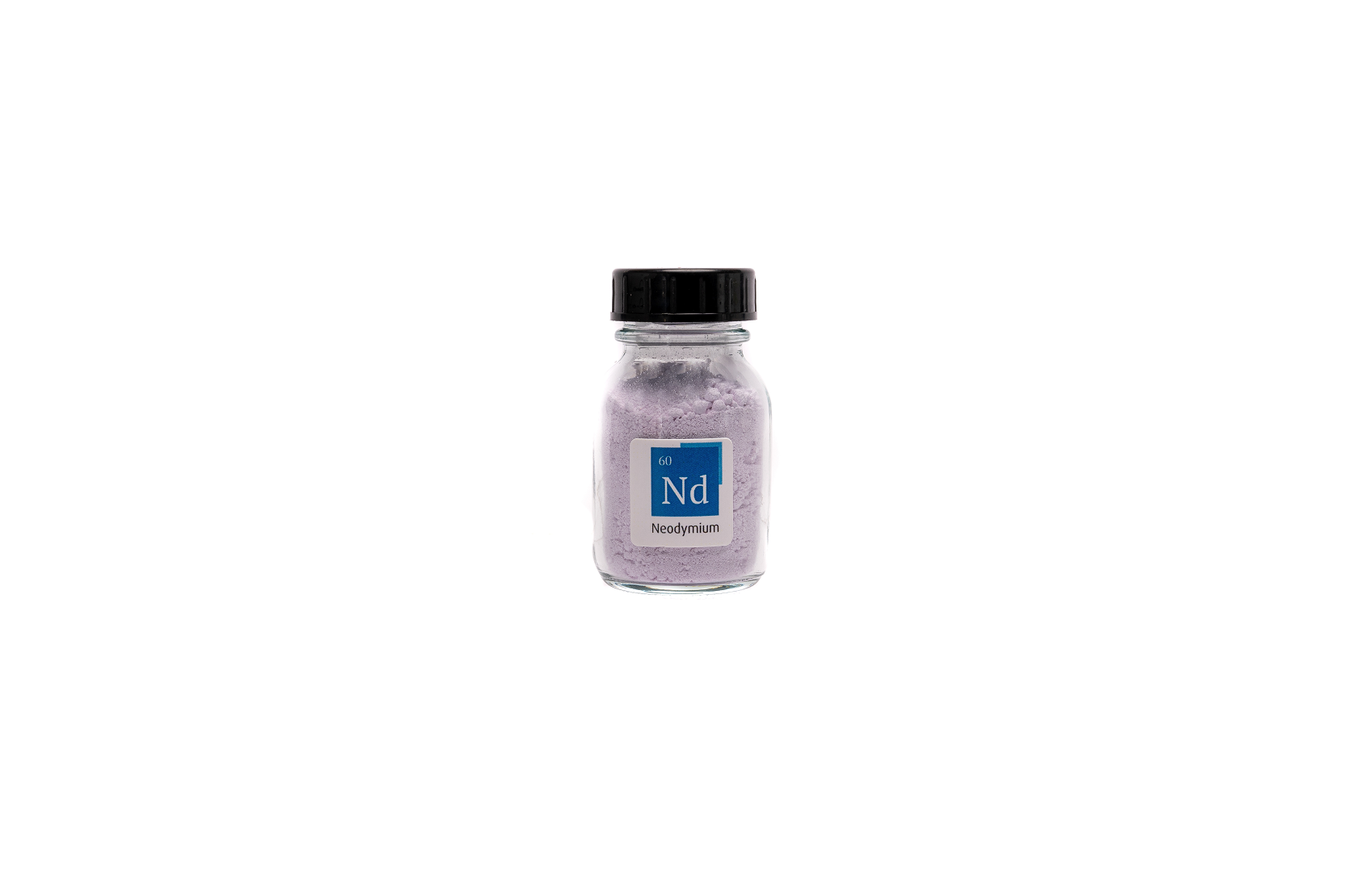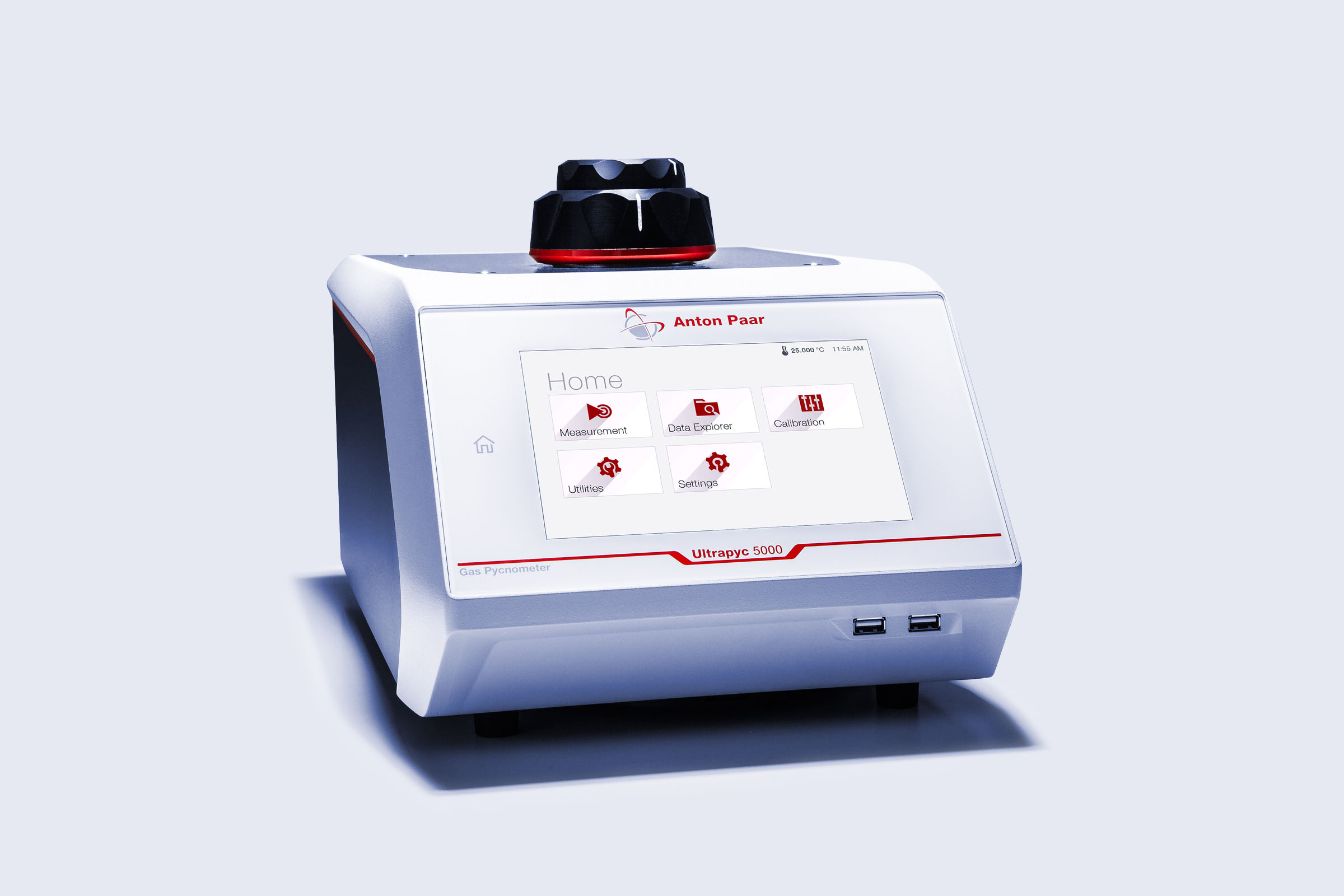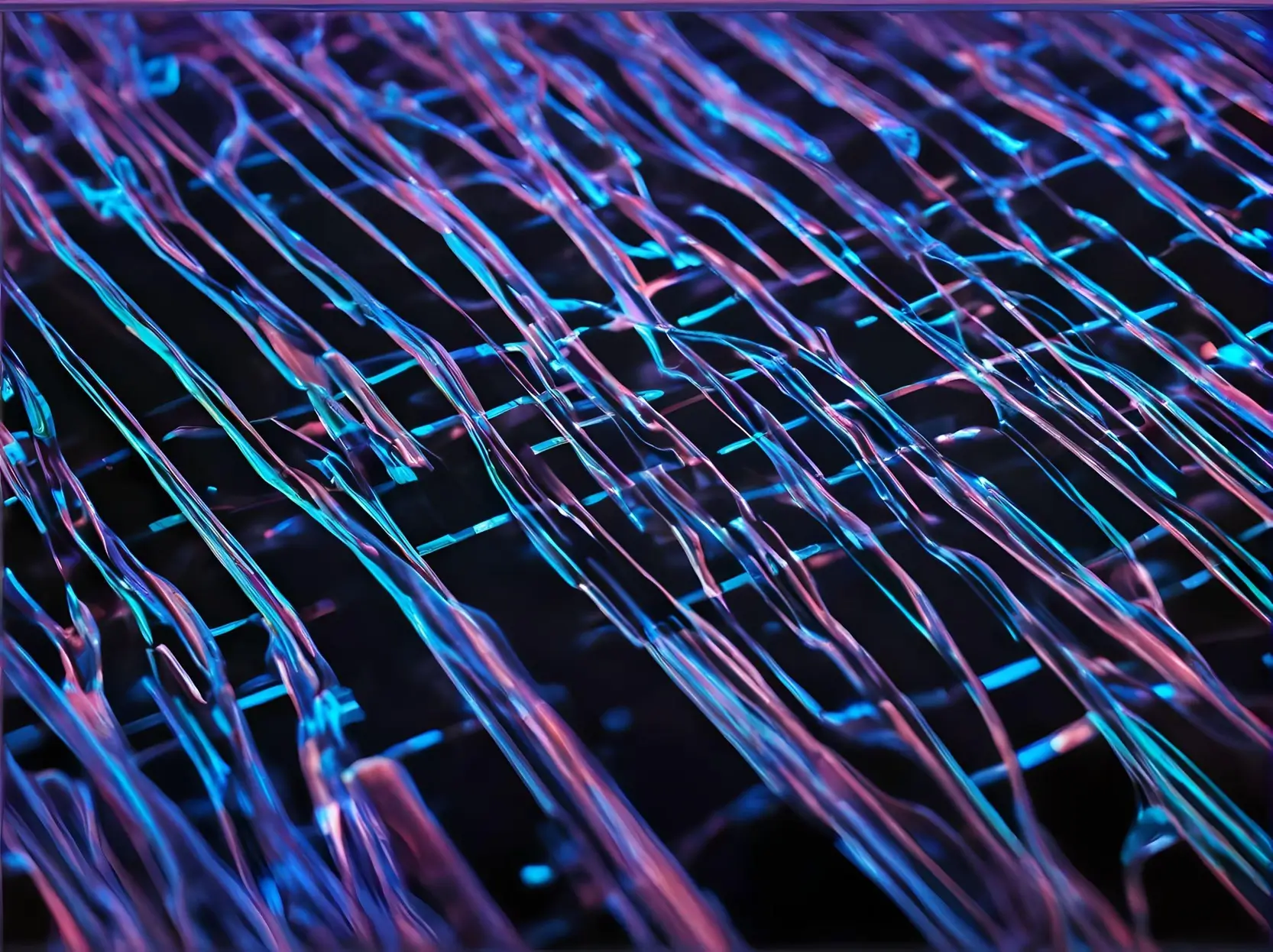Featured articles
Powdertechnology.info insight of the week
Storage of absorbents inside a silo
Some powders are sensitive to air (oxygen) or water (humid air). Also for these types of samples, it is interesting to know the particle size of the powder produced. With many particle-size instruments, it is difficult to measure these types of samples, as there is no option to measure inert. Therefore at Delft Solids Solutions, we have developed a method to measure the particle size distribution in an inert way so that air-sensitive materials can still be measured.
In order to investigate if the material cakes and problems occur during storage uni-axial testing was performed on the absorbent. For the experiments, it was investigated the optimal moisture content in order to minimize storage problems. Three moisture contents were selected: dry, approx.—30% moisture content, and immersed in water. The absorbent was placed in the uni-axial sample cell with a closed hole on the bottom and a pressure of 18 kPa was placed onto the powder bed and stored for 7 days at 20°C, 65%RH inside a climate chamber.
After storage, the pressure was removed and the hole in the bottom of the sample cell was opened. The absorbent consists of spherical particles of
approx. 1 mm and as expected when opening the sample cell containing the dry absorbed no caking occurred and it immediately started flowing.
The absorbent containing 30% moisture did not flow after opening the bottom of the sample cell and approx. 6 kPa was needed to initiate flow. The higher pressure required for flow is due to the liquid bridges between the particles resulting in a more cohesive behavior.
Lastly, the absorbent immersed in water also did not show caking and immediately started flowing after opening the bottom of the sample cell. In this case, the moisture content was high enough that the absorbent started to behave as water and flowed like a liquid out of the sample cell.
For storing the absorbent, both dry and immersed in water are a good option. However, in order to obtain dry absorbent after the process it needs to be dried after the process requiring a lot of energy, immersing the absorbent in water may therefore seem to be the better option but the bulk density is much higher, requiring stronger support for the silo and creates more wastewater.
Our message of the week:
water can both help and prevent the discharging of your material
Previous weekly insights
what’s trending
Monthly Top Tips
Our videos
Top Pick Articles
editor’s picks
Prime Archive content, selected by our editors.
Partner content
popular news & articles
News and articles in your inbox
Sign up and receive PowderTechnology.info news, articles, and content from our partners in a quick and easy monthly newsletter.
Popular this month
Events
Delft Solids Solutions presents a comprehensive 2-day Particle Characterization course, intricately linked with a 1-day Porosity and Surface Area Characterization program. Designed for industries dealing with diverse materials, the course explores fundamental principles, definitions, and techniques for particle size and shape characterization. Key topics include sampling, sieving, sedimentation, microscopy, and quality control, with practical demonstrations reinforcing theoretical knowledge in the well-equipped laboratory. Scheduled for November 26-27, 2024, in Wateringen, The Netherlands, the course offers participants a profound understanding of particle characterization techniques, enabling them to interpret results and ensure measurement reliability. Upon completion, a certificate of participation is awarded. For inquiries or registration, contact Delft Solids Solutions at +31 174 271 460 or info@solids-solutions.com.


